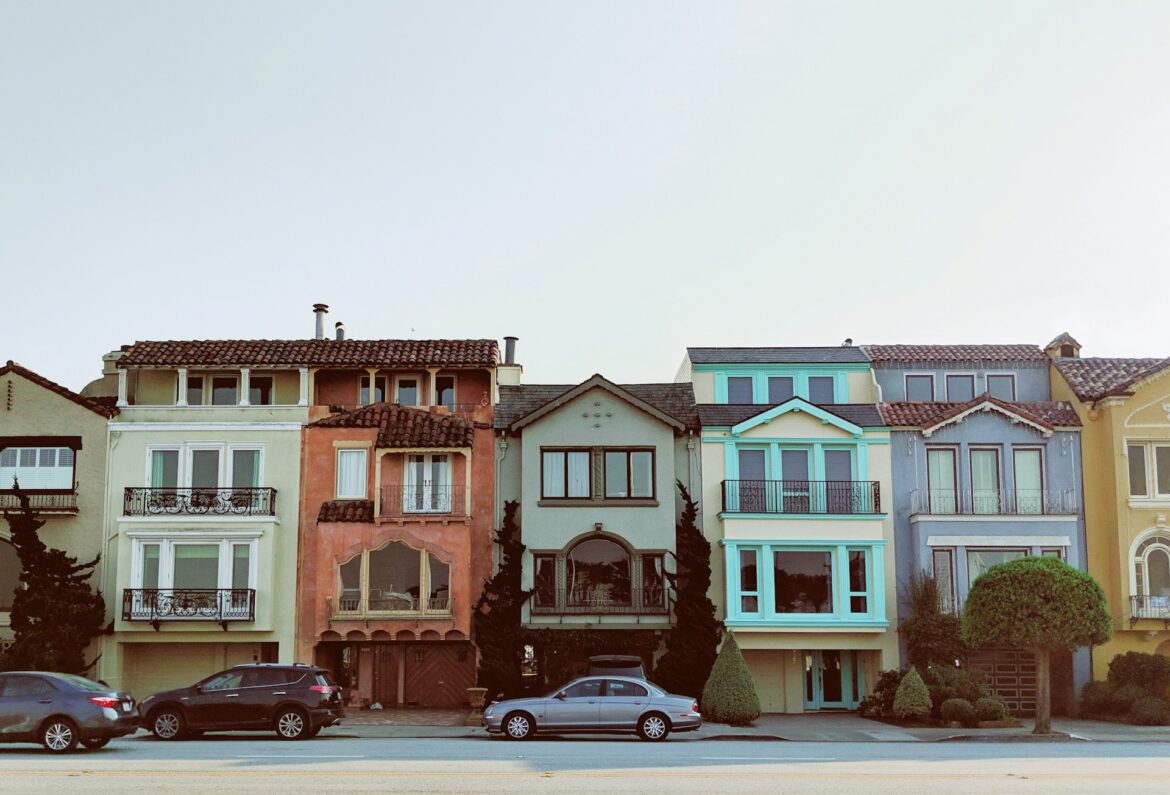The U.S. Housing Market Embraces Build-to-Rent (BTR) in 2024
Introduction
The U.S. housing market is navigating significant shifts as it increasingly adopts the build-to-rent (BTR) model in 2024. This evolving trend emerges in response to the growing demand for rental properties, particularly among younger demographics and individuals working remotely. By offering the allure of homeownership coupled with the flexibility that renting provides, BTR communities are rapidly gaining traction as an alternative housing solution.
What is Build-to-Rent?
At its core, build-to-rent refers to purposefully constructed residential communities featuring single-family homes designed specifically for renters. These developments starkly contrast with traditional rental properties, typically comprising apartment complexes or older homes. BTR environments often incorporate various amenities aimed to enhance tenant experiences and foster a sense of community. Gyms, coworking spaces, and community centers are just a few examples of the facilities that BTR developers are adding to attract tenants. Renowned real estate analyst Jonathan Keller highlights this trend by stating, “BTR offers a hybrid model that meets the needs of modern renters. It’s a lifestyle choice as much as it is a financial one,” emphasizing the lifestyle aspect intertwined with economic considerations.
Growing Demand for Rentals
Several factors are contributing to the increasing demand for rentals in 2024. One prominent aspect is the rising mortgage rates, which have effectively sidelined many prospective homebuyers from entering the housing market. Millennials and Gen Z individuals, who tend to prioritize flexibility, mobility, and urban living, are particularly fueling this demand. Their preferences have led major players in the real estate sector, such as Invitation Homes and Lennar, to amplify their BTR portfolios. Institutional investors are also stepping in, pouring billions into the sector to capitalize on this rental boom. In addition, the flexible nature of renting is becoming increasingly appealing for remote workers who prioritize environments conducive to both work and leisure.
Challenges in the BTR Market
Despite its evident advantages, the BTR market is not without its challenges. These hurdles primarily encompass zoning restrictions, high land costs, and construction delays. Zoning laws can often complicate the process for developers seeking to establish new BTR communities in certain regions, resulting in drawn-out approvals and heightened regulatory scrutiny. High land costs, a consequence of high demand for residential real estate near urban centers, can deter potential developers from pursuing new projects. Additionally, construction delays, which may be exacerbated by supply chain disruptions, can hinder the timely rollout of new BTR offerings. On top of these logistical challenges, the rising rents associated with BTR developments have sparked affordability concerns, prompting questions about who can genuinely benefit from these communities.
The Future of BTR
As 2024 progresses, the BTR market shows signs of remarkable expansion fueled by significant demand and increasing investor interest. The trajectory appears positive as more developers, recognizing the viability of the BTR model, start exploring this sector. This expansion indicates that BTR could evolve into a defining characteristic of the U.S. housing landscape, shaping how future communities are developed and maintained. The rise of hybrid housing models that blend ownership and renting expectations will likely influence urban planning and socio-economic dynamics in various regions across the country.
Conclusion
In summary, the build-to-rent model is poised to significantly influence the U.S. housing market in 2024. With its unique offerings that combine rental flexibility with desirable amenities, BTR is answering the needs of modern renters, primarily driven by millennials and Gen Z. However, challenges such as zoning restrictions, rising costs, and affordability concerns can’t be overlooked. As the landscape shifts towards a more rental-oriented framework, it will be essential for stakeholders in the housing market — from developers to prospective tenants — to navigate these changes thoughtfully and responsibly. The growing adoption of BTR could usher in new standards of living and pave the way for more innovative approaches to rental housing.
FAQs
What are the main benefits of Build-to-Rent communities?
Build-to-Rent communities offer various benefits, including quality rental homes designed for tenants, access to amenities, a sense of community, and flexibility in living arrangements.
Who is primarily driving the demand for BTR housing?
The demand for BTR housing is largely driven by millennials and Gen Z renters, many of whom prioritize flexibility and urban living environments due to changing work dynamics and lifestyle preferences.
What challenges do developers face in the BTR market?
Developers in the BTR market encounter challenges such as zoning restrictions, high land costs, construction delays, and concerns about affordability for potential tenants.
Is Build-to-Rent housing affordable?
While BTR housing offers many benefits, rising rents in these communities have raised concerns about affordability, which can vary significantly based on location and amenities provided.
How do BTR communities differ from traditional rental apartments?
BTR communities typically consist of single-family homes designed specifically for renters, while traditional rental apartments can include larger multi-unit buildings with a different living experience. BTR developments often feature community-oriented amenities that enhance the living experience.

